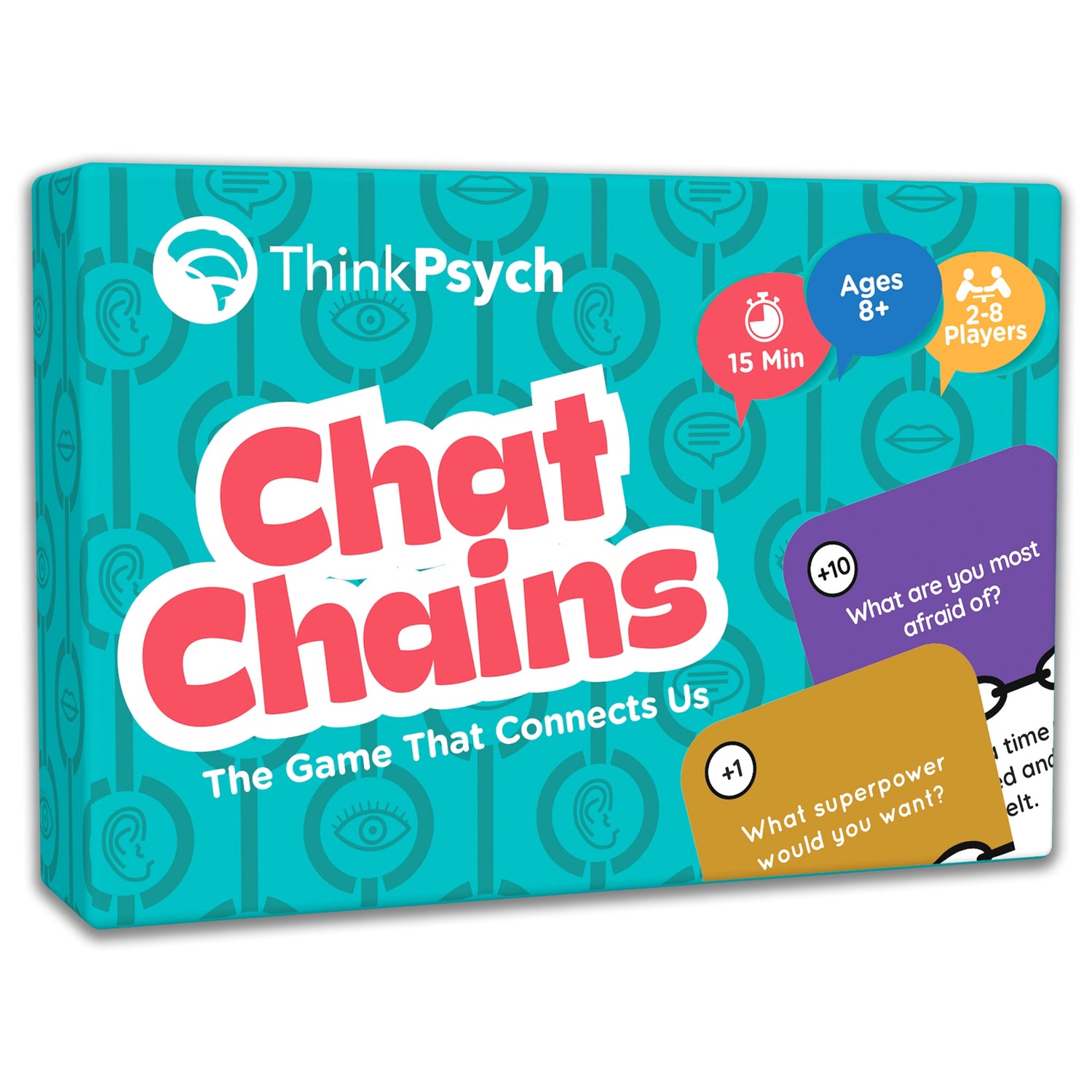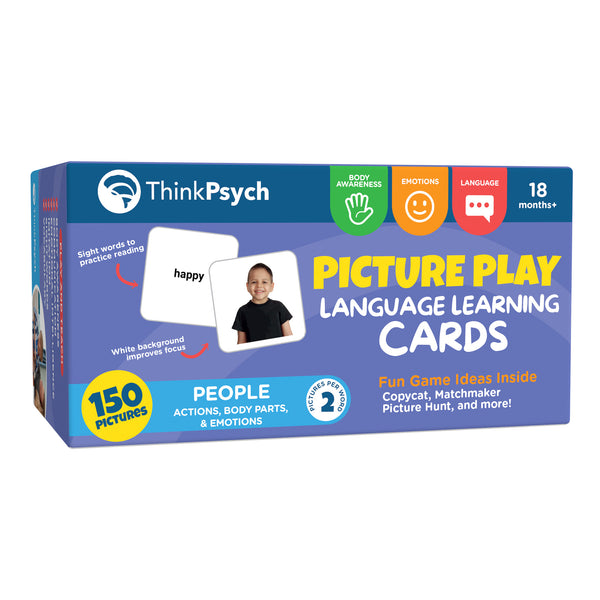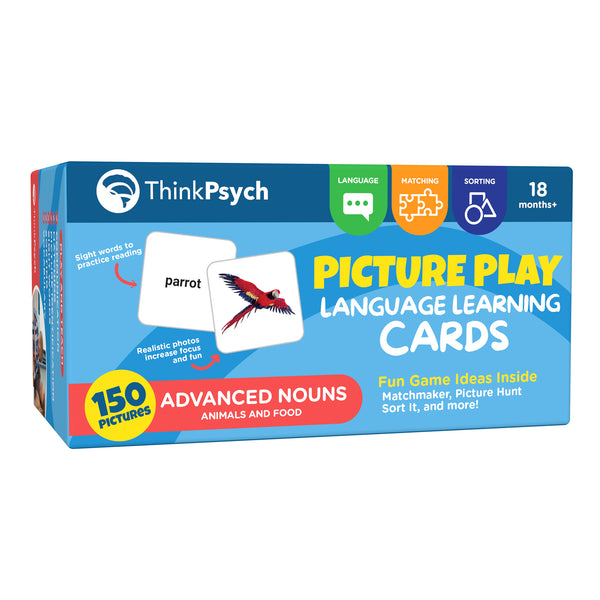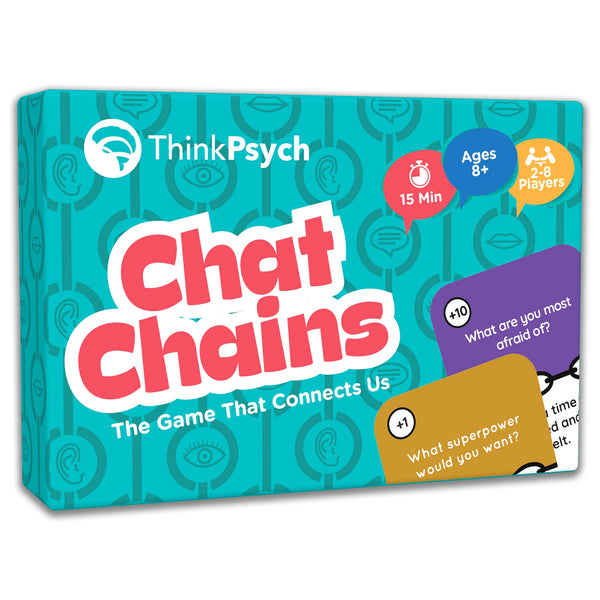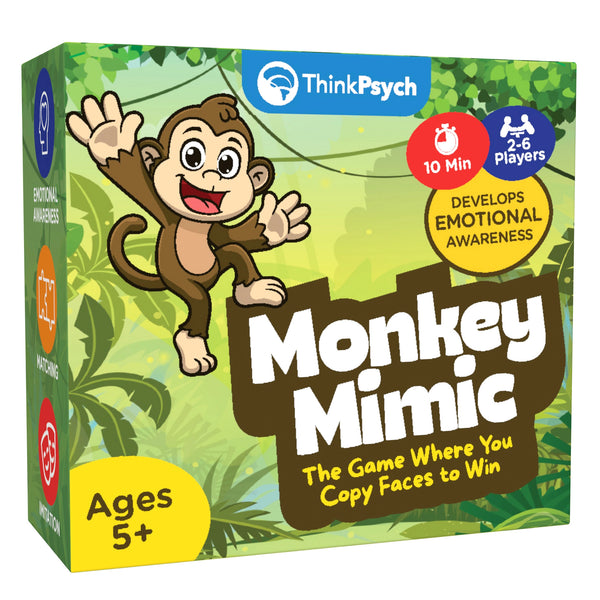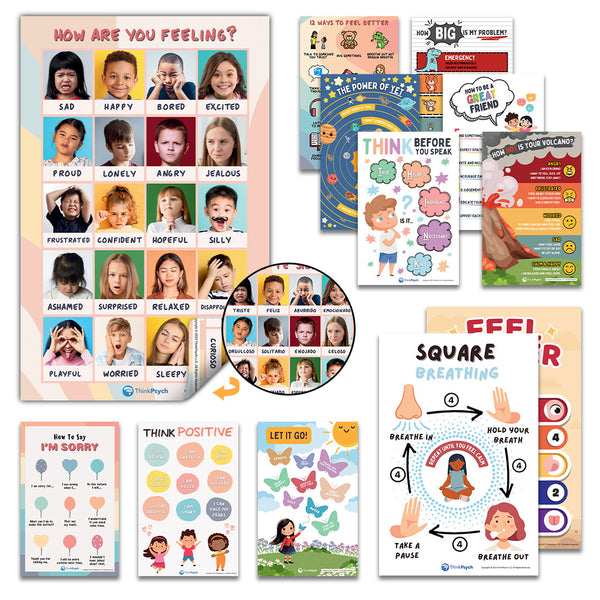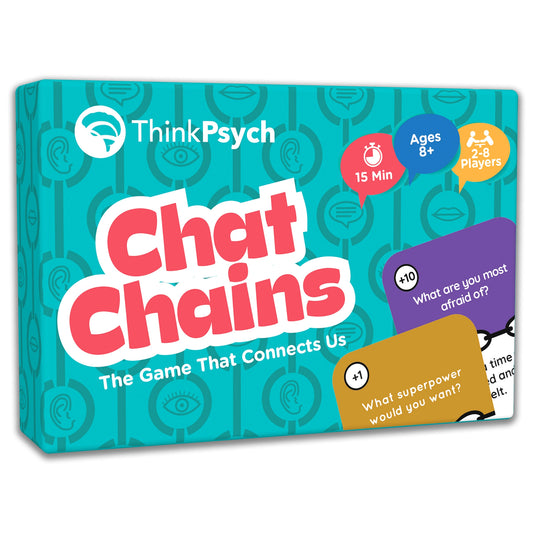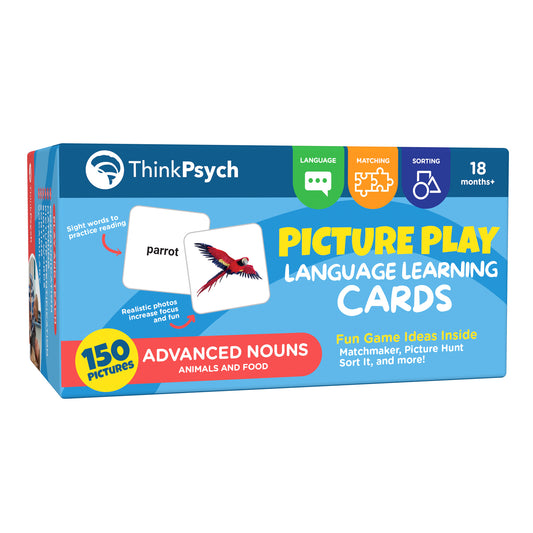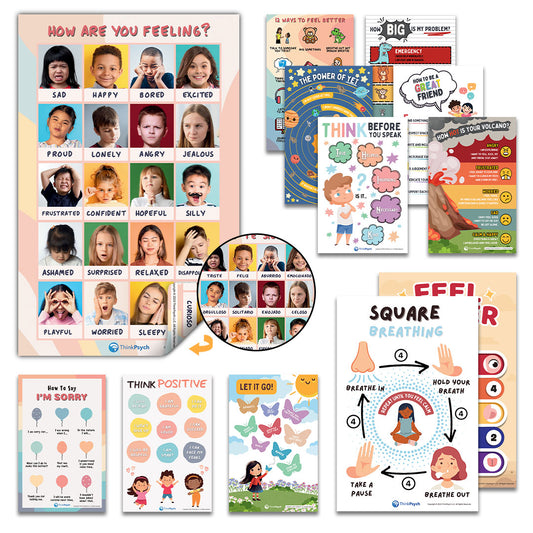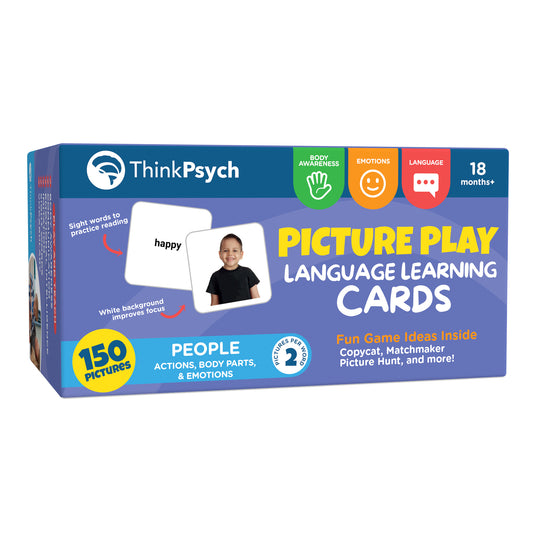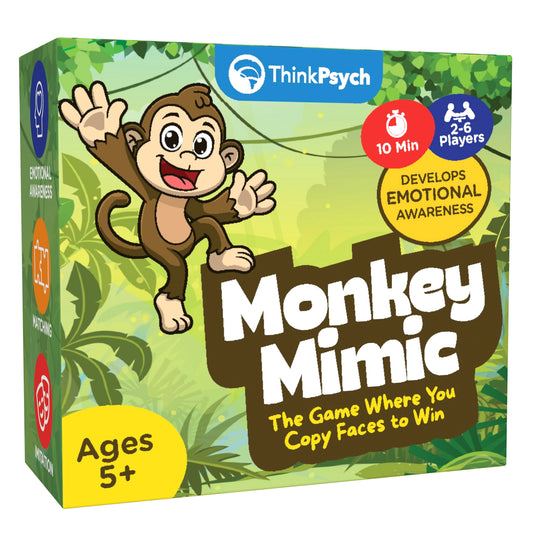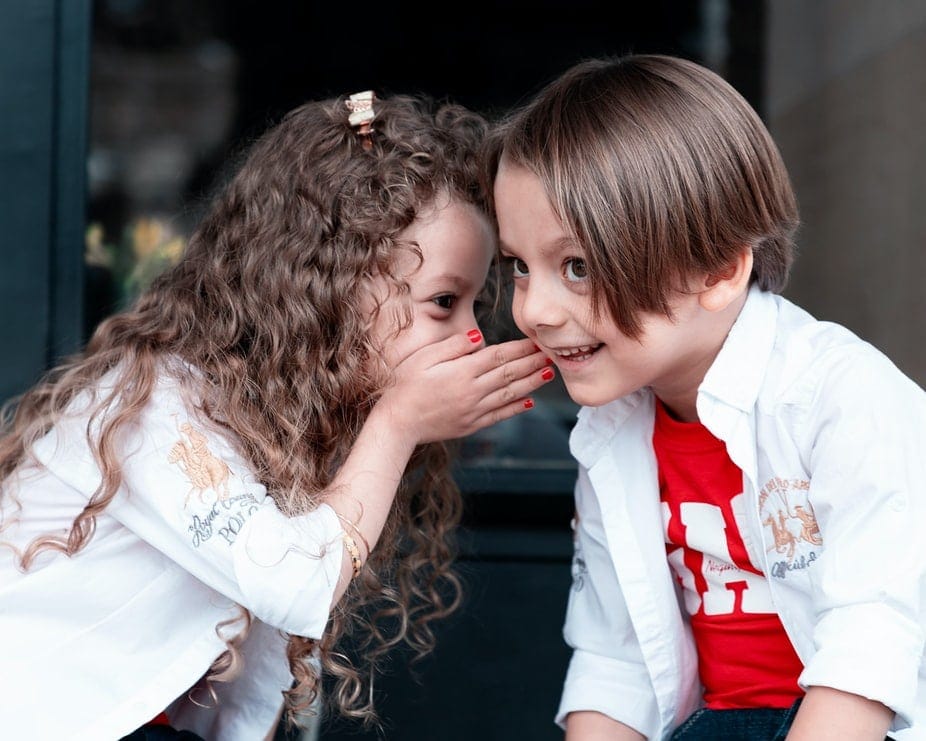
Social Skills Deficits Associated with Autism, Anxiety, and ADHD (Part 1)
Share
Autism Spectrum Disorder (ASD) is marked by deficits in several areas. One of the first that comes to mind is a deficit in social skills. One diagnostic criterion for ASD in the Diagnostic and Statistical Manual 5 (DSM-5) is “Persistent deficits in social communication and social interaction across multiple contexts.” This includes poor eye contact, lack of joint attention, odd speech patterns, difficulty initiating and maintaining conversations, lack of problem-solving ability, lack of empathy, and difficulties interpreting body language (Schreiber, 2011).
Social deficits are not unique to those diagnosed with Autism. People with Attention Deficit Hyperactivity Disorder (ADHD), Generalized Anxiety Disorder (GAD), and Social Anxiety Disorder (SAD) also tend to have issues with social skills. Those with ADHD tend to exhibit actions seen as disorganized, emotional, and/or impulsive. These behaviors may lead to others thinking of them as rude, careless, lazy, etc. Anxiety disorders can also cause avoidance of social interactions and affect the potential to create relationships.
Difficulty forming or initiating relationships mostly occurs in those diagnosed with ASD, GAD, and SAD. Depending on the level of impairment, someone with ASD may not recognize social approaches by others. Other times, a social approach may be recognized, but the person will actively avoid these situations. Relationships with others may be impacted due to increased anxiety around these situations.
Social-Emotional Reciprocity
Deficits in this area show up as irregular social approaches and an inability to engage in conversation with others. This complex skill requires other skills such as self-awareness, social awareness, self-management, and relationship skills. Difficulties with this result in a reduced sharing of interests and appropriate responses to emotions. Also, this includes a persistent failure to initiate or respond to social interactions. Not only do people with ASD have trouble identifying the emotions of others, but they also may not recognize their own. For people diagnosed with ADHD, deficits in this area might manifest as a difficulty paying attention to what the other person is saying. Many people with ASD are also missing the important skill of joint attention. This is the ability to attend to an object/activity at the same time with another person. Being able to share experiences like this is a key aspect to many social events.
Nonverbal Communication
Another deficit seen in those with ASD is differences in eye contact and body language. People with ASD often have trouble understanding and using nonverbal communication. Those with ASD sometimes actively avoid making eye contact with others and look at people’s faces less often than is typical. Facial expressions and hand gestures can easily be misread to mean something else. Subtle differences in speech such as tempo and voice inflections are also usually not noticeable to those with ASD. It is hard to recognize the emotions of others with a decreased ability to understand facial expressions. This could lead to a reaction seen as inappropriate for the situation. Additionally, Individuals with anxiety may look down or turn away when talking to others, which may send the message that they are not interested in interacting with others.
Customer Favorites From Our Store
Social Pragmatic Communication
This type of social skill involves the ability to adapt topics of conversation based on the person to whom you are talking. People with difficulties in this area often engage in one-sided conversations. They may talk about a topic the other person doesn’t know anything about or isn’t familiar with. When this happens and the other person tries to change the topic this usually isn’t recognized. Also, other behaviors typical of ASD may compound the difficulties in this area. Those with ASD sometimes have an extreme interest and fixation on a specific object or subject.
In part two of this series, we will discuss various ways to teach social skills. This includes resources such as our Social Skills Game, Chat Chains and our various social story narratives.
American Psychiatric Association. (2013). Diagnostic and Statistical Manual of Mental Disorders (5th ed., DSM-5). Washington, DC.
Schreiber, C. (2011). Social Skills Interventions for Children With High-Functioning Autism Spectrum Disorders. Journal of Positive Behavior Interventions, 13(1), 49–62. https://doi.org/10.1177/1098300709359027
